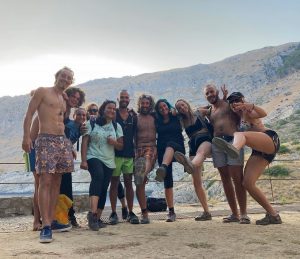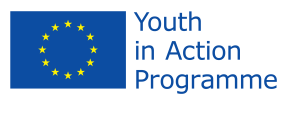Updated on December 1, 2022
Deep immersion into the Crapolla Excavations
This year, from the 6th to the 20th of September, we got the opportunity to take part into an archaeological excavation campaign in Crapolla.
This excavation is coordinated since 2016 by the Federico II University of Naples (Humanities department) with the participation and help of the Archeoclub of Massa Lubrense.
The excavation is located above the Crapolla Fjord, behind the little church. In fact, San Pietro abbey, built during the 11th century, emerges with its remains behind the modern church San Pietro e San Paolo – built in 1949. The important event that made this abbey famous has been the stay between 1530 and 1533 of the two brothers and Benedictine monks Teofilo and Giambattista Folengo. Teofilo Folengo, also known as “Merlin Cocai”, great Macaronic poet, has described his life in the Sorrento peninsula through his work Varium Poema. His brother Giambattista, for his part, evocated the hermitage of Crapolla in the thirteenth book of his Polimones¹.
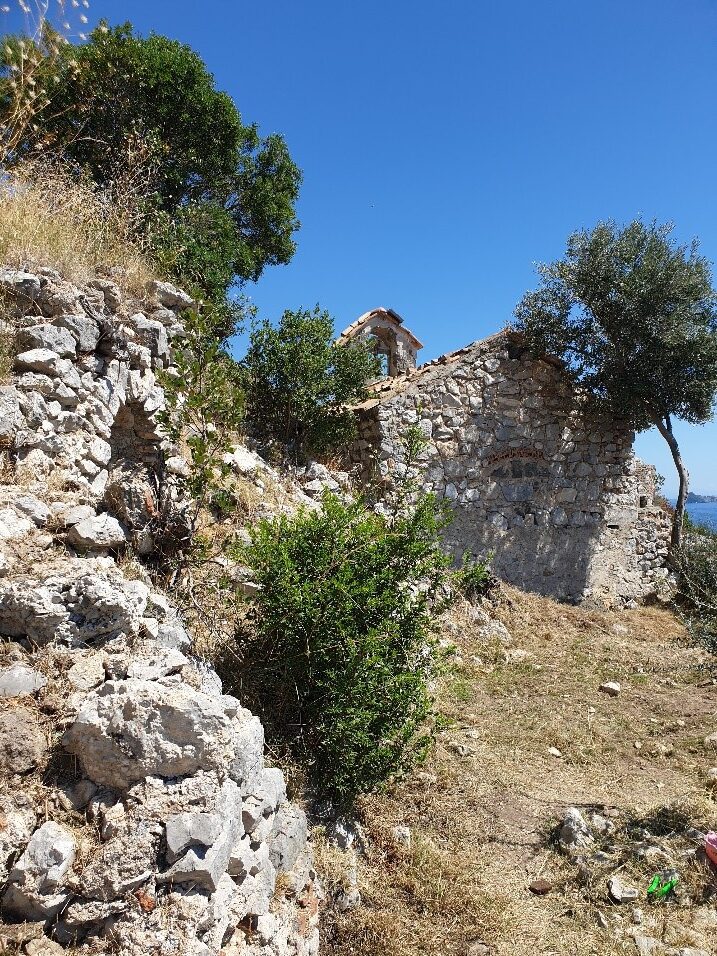
The goal of the various excavation campaigns through the study of the cloister area (claustrum) of the abbey is to understand what have been the various frequentation periods and moments of neglected state of the abbey and its surroundings.
Our help, as volunteers of Project M.A.R.E. has been to participate to the excavation activities, cleaning, inventorying but also to the preservation of the site, covering it again because at the end of the activities, the archaeological evidences have to be covered up in order to protect from deterioration the findings brought to light during the excavation campaign.
Concretely, regarding the two days in which I participated, we took off the soil and the canvas sheets that were covering the excavation site since last year. It has been a task of cleaning but also the opportunity to understand how is managed an excavation. With buckets, pointed trowels (fun fact: Italian people of the field frequently call them with the English word), brooms, shovels and pickaxes we started the rediscovery of the cloister remains, including some new investigated zones.
Then, the last day, we cleaned the excavation site carefully in order to allow taking pictures of the results of this year’s campaign. We also helped in achieving the inventory of the items found. Pedro also got the chance (and the meticulous glaze) to find a petrified shell filled with plaster – which probably served as decorative element on the walls of the cloister! At the end of the cleaning work, the team took pictures of the state of the excavation, on the ground as well as thanks to a drone! Then, finally, we covered again the site with soil, stones and canvas sheets to protect it until the next research campaign.
To sum up, this experience has been a beautiful immersion in the archaeological field alongside very nice students, postgraduates and PhD candidates, who have made us discover their world with kindness and passion!
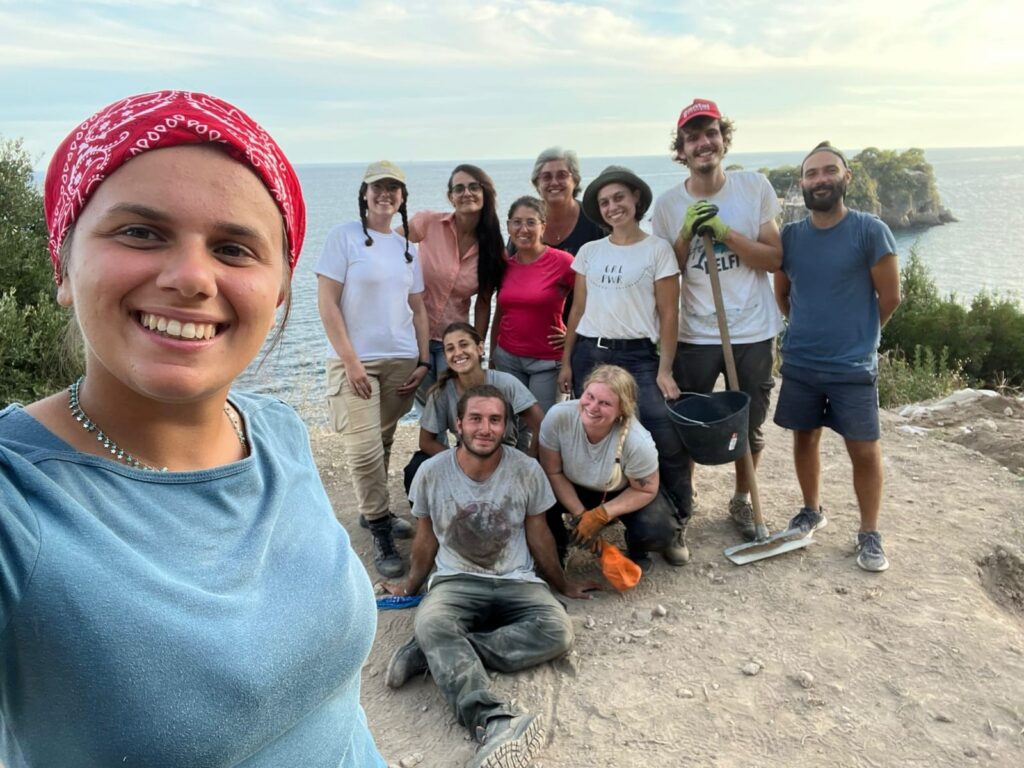
That is why, I would like to thank very much all the team of Federico II University of Naples: doctor Maria Teresa Cavallaro, Vittoria, Maria, Alessia, Giulia, Luciano and Raffaela but also doctor Elena Russo and professor Bianca Ferrara. Finally, I thank the Archeoclub of Massa Lubrense and Mimì to have given us the opportunity to take part in this unique adventure!
“Gli ‘archeolocos’ vi salutano!”
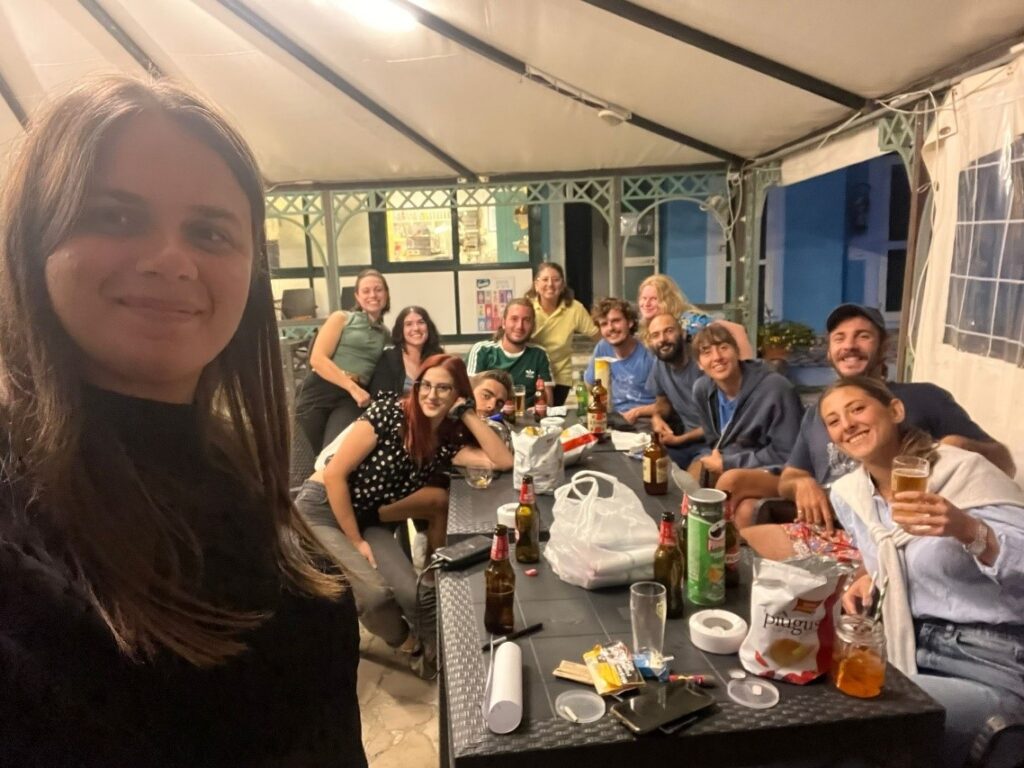
¹ To know more about the Folengo brothers, I recommend the reading of Giornate di Studio – I Folengo nella terra delle sirene, curated by Valerio TERRECUSO, Nicola Longobardi Editore (2020) [untranslated].
— Paul Descoeur
Category: Discovering the Territory, Intercultural, Italian Language and Culture Tags: Archeoclub, archeology, crapolla




